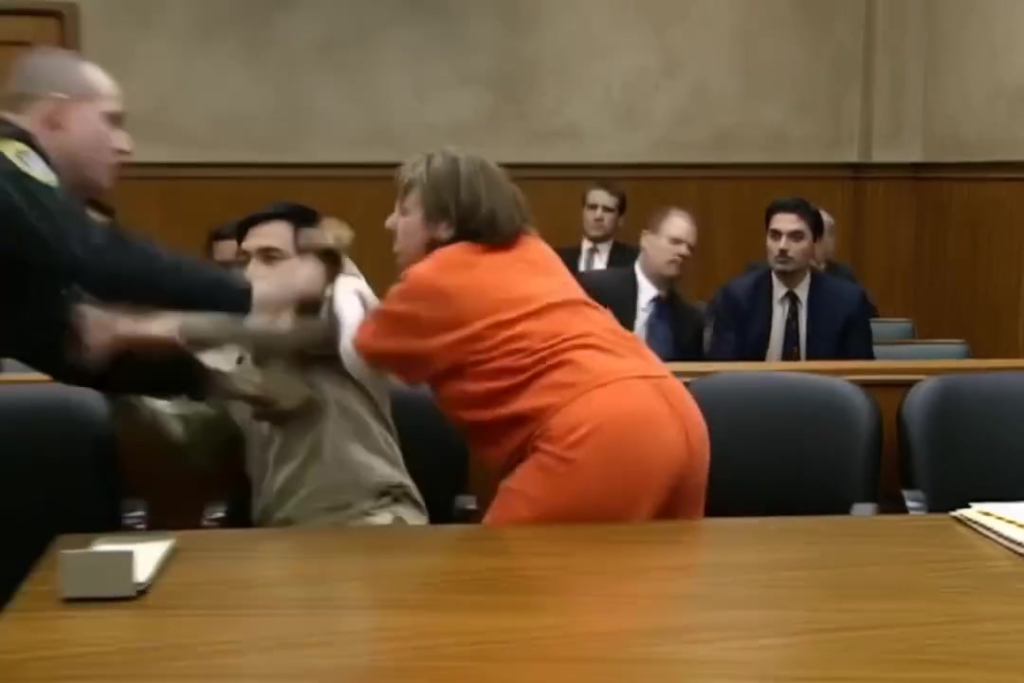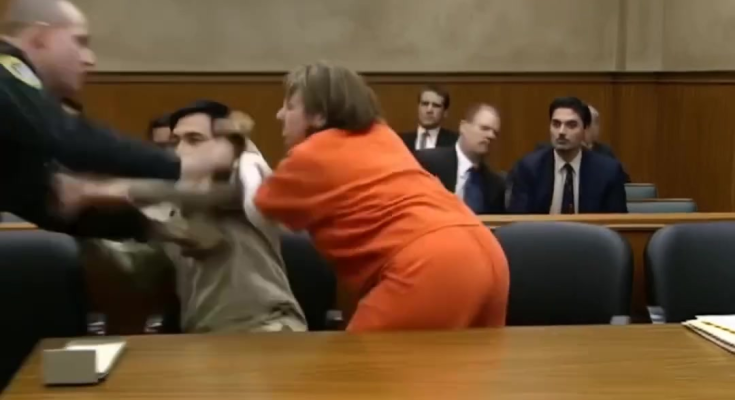California’s correctional system has once again drawn nationwide attention after a serious incident at Corcoran State Prison. The altercation between two incarcerated individuals has raised important questions about the safety of correctional facilities, the monitoring of high-risk inmates, and the broader challenges surrounding prison reform in the United States.
Although full details remain under investigation, the event has highlighted concerns that experts and reform advocates have long voiced: Are prisons providing adequate supervision? Are mental health needs being addressed properly? And what reforms are necessary to prevent similar events in the future?

The Incident at Corcoran State Prison
Located in California’s Central Valley, Corcoran State Prison is one of the state’s largest and most secure correctional facilities. Known for housing inmates with complex backgrounds and histories of violence, it is built to maintain strict security standards.
On March 9, 2019, an altercation occurred inside a prison cell, leaving one inmate with severe injuries. Another incarcerated person, Jaime Osuna, who was already serving a life sentence, was identified as a key figure in the case. The incident alarmed correctional staff and the public alike, underscoring potential gaps in oversight and supervision.
Investigations and Official Response
The California Department of Corrections and Rehabilitation (CDCR) immediately launched an internal review. Investigators examined:
- Supervision practices: Were correctional officers making routine rounds as required?
- Housing decisions: Were the two inmates appropriately assigned to share a cell?
- Mental health assessments: Were there overlooked warning signs that indicated heightened risks?
Officials acknowledged that correctional facilities face unpredictable challenges but stressed the need to strengthen existing policies to prevent future incidents.
Legal Proceedings and Public Reaction
Jaime Osuna faced additional charges following the incident. Since he was already serving life without parole, legal experts noted that the case illustrates the complexities of handling violent incidents inside prisons.
Public reaction has been divided. Some demanded greater accountability from correctional authorities, while others pointed to deeper systemic issues such as overcrowding, staffing shortages, and limited mental health resources.
Broader Challenges in Prison Safety
The Corcoran case sheds light on larger, nationwide concerns about prison management:
- Overcrowding – Facilities often house more inmates than they were designed for, creating tension and supervision difficulties.
- Staff shortages – Correctional officers frequently work under strained conditions, especially at night.
- Mental health care – Many incarcerated individuals live with untreated or under-treated mental health conditions.
- Housing policies – Cellmate assignments can influence safety, especially when one inmate has a history of violence.
Experts argue that unless these systemic challenges are addressed, incidents like Corcoran are likely to continue.
Mental Health and Violence in Correctional Facilities
Research shows that a large portion of inmates in U.S. prisons live with mental health conditions ranging from depression to severe psychiatric disorders. When untreated, these conditions can escalate into aggression or unpredictable behavior.
Improved access to mental health care could help by:
- Identifying warning signs earlier
- Providing treatment through therapy or medication
- Offering conflict resolution programs
- Reducing risks for both inmates and staff
The Corcoran incident has reignited debate on whether California—and the nation as a whole—invests enough in prison mental health services.
Calls for Reform
Advocates and experts recommend reforms such as:
- More frequent staff rounds and monitoring
- Expanded use of surveillance technology
- Increased availability of mental health professionals
- Clearer criteria for inmate housing assignments
- Advanced staff training on crisis response and de-escalation
These measures aim not only to protect inmates but also to safeguard correctional officers and the wider community.
National Implications
Although this incident occurred in California, its implications are nationwide. Many U.S. states struggle with similar issues of overcrowding, staffing shortages, and inconsistent policies. Some policymakers are calling for federal assistance to strengthen prison systems across the country.
Conclusion: The Path Forward
The Corcoran incident serves as a reminder of the immense responsibility correctional institutions carry: ensuring safety, supporting rehabilitation, and protecting communities.
Experts emphasize that real change requires more than addressing one case—it demands systemic reforms, stronger mental health services, and updated security protocols. Whether California will rise to the challenge remains uncertain, but the national spotlight ensures that the conversation on prison reform will continue.



